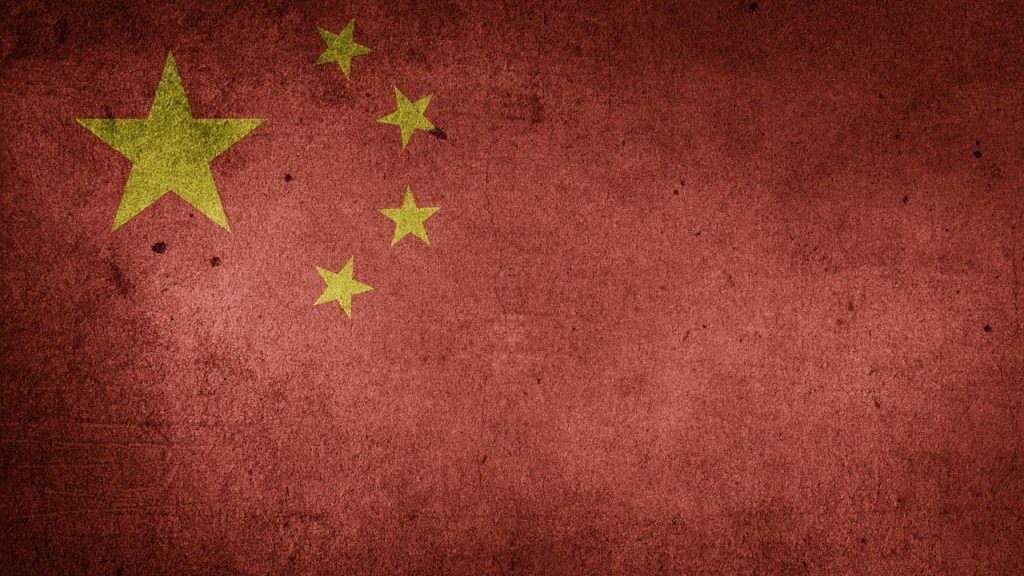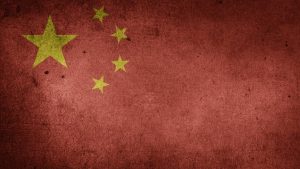HONG KONG — China’s factory activity expanded at a slower pace in December, official data showed on Tuesday, despite recent stimulus measures and in the face of increasing trade risks.
The Purchasing Managers’ Index, based on a survey of factory managers, slipped to 50.1 in December from 50.3 the previous month, the National Bureau of Statistics said Tuesday.
It was the third straight monthly reading above 50, a level that indicates an expansion of manufacturing activity.
The slowdown in factory activity was due to a “decline in the output component,” according to a note by Capital Economics’ Gabriel Ng.
“That said, the output price component fell, suggesting downward pressure on prices remains,” he said.
Overall, new orders rose to an eight-month high, while the exports order index rose to the highest level in four months, likely helped by U.S. importers rushing to beat higher tariffs that incoming U.S. President Donald Trump may impose on Chinese goods, Ng said.
Trump has pledged to impose 10% tariffs on Chinese goods, raising trade risks for China, the world’s largest exporter of goods. China is already grappling with a lagging economy, weighed down by reduced consumption and a real estate crisis.
A parallel purchasing managers’ index for the non-manufacturing sector, which covers construction and services, rose to 52.2 points up from 50 points in November.
The World Bank last week raised forecasts for China’s economy growth to 4.9% but warned that reduced confidence among households and businesses, an aging population as well as issues like low consumption and high debt will continue to weigh on China’s future growth.




Recent Comments